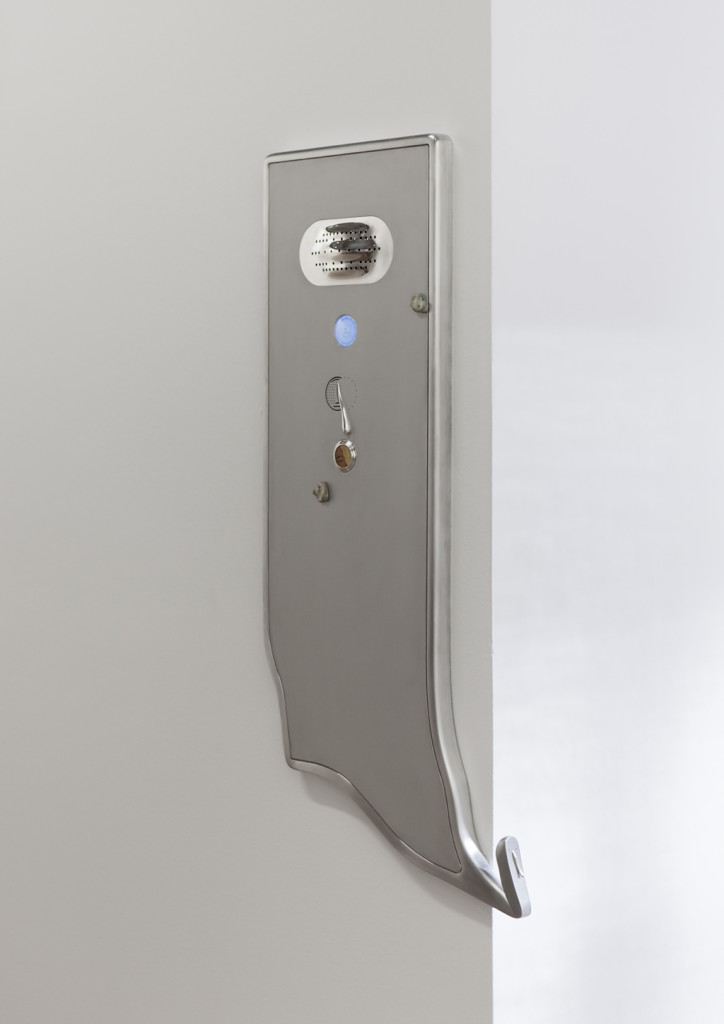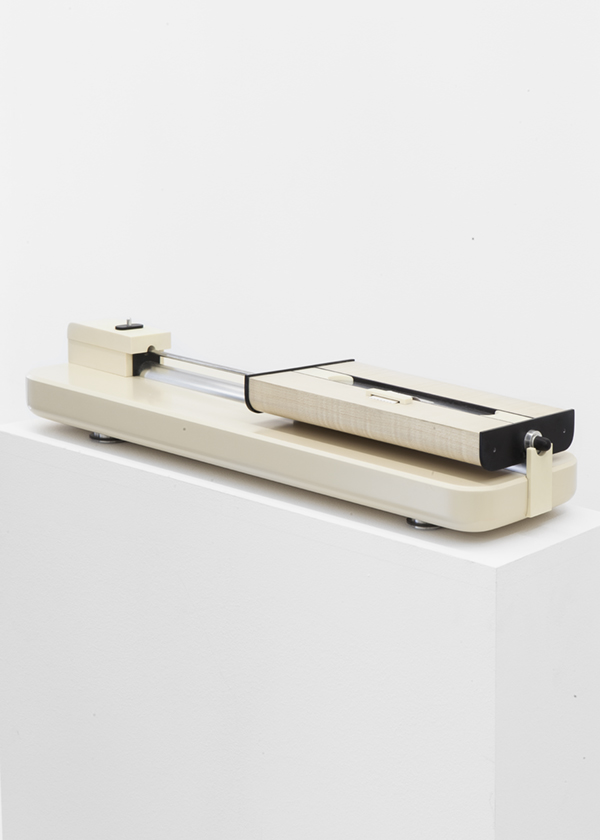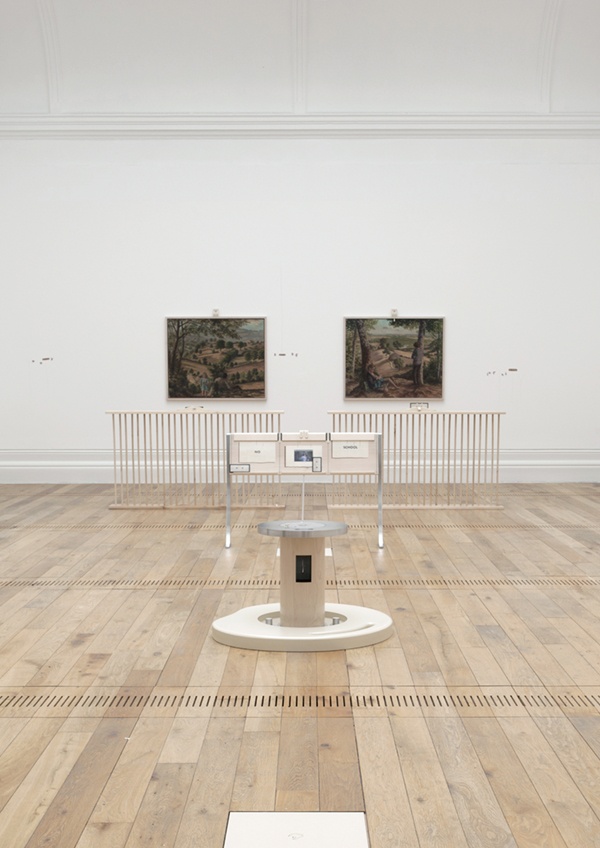Camille Blatrix: Melancholy and its Discontents
by Alfredo Cramerotti

This conversation with Paris-based artist Camille Blatrix took place after an exhibition that happened in Summer 2015 at MOSTYN in Wales, his first institutional solo show in the UK. His work, based on a deep and thorough understanding of materials, processes and studio practice, develops in the form of sculpture, installations, video and photography, as well as appropriation of objects and artifacts which he “corrects” according to the context and the nature of the exhibition. Blatrix won the prestigious Fondation d’enterprise Ricard in 2014 and has had several solo and group shows in both Europe and the US. Cramerotti and Blatrix sat down under a sunny sky and, being both Mediterranean creatures, let the words flow, savoring the moment.
ALFREDO CRAMEROTTI: Let’s start with the main ideas behind your work—I realize this is a big question, and of course I have my own reading of your work, but it may not be the same with what you think are the main guiding principles of what you do. I am interested in knowing how you yourself “read” your work. Can you step outside Camille for a moment and let me know what you see?
CAMILLE BLATRIX: I see someone that spends more time in the studio rather than experiencing real life, using the frustration as a motivation to produce and work. Therefore any desire becomes a form. Sometimes I feel weird about spending time honing resin instead of kissing someone in a bar, but I find this schizophrenia rather exciting. I have big windows in my studio that face a large building. At night, my studio must look like a large TV-screen for the neighbors. I am somewhat an exhibitionist so I like to imagine what they are thinking when they look at my studio. I put on some loud music and I touch my works and drink Japanese whisky.

AC: Did you get any particular source of inspiration for the visual styles of your recent series of works—i.e. the collaboration with your family members and friends for your exhibition in MOSTYN; the nostalgic take; the tangibility of memories, etc.—or did they arrive in relation to the nature of the materials you have used, and locations you were positioned in?
CB: My inspirations generally come from emotions—it could be a song, a situation, a meeting. Before I start producing I like to imagine a context first, a bit like the set of a movie that nobody can see, almost as if the works in their loneliness were orphans of a much stronger feeling.

AC: Can you dive a bit into the technical aspects of the works? Such as the gathering of raw material, software or hardware (in the wide sense; they could be thoughts and bodies) used, as well as the selection and editing process? What are some of the particular challenges you (and your team, or the collaborator you work with) have faced in realizing the works?
CB: My technique is a just a tool, and when I work I am always learning new ones on the spot; all that technique is a way to generate forms. In the case of my marquetry’s I am intrigued by the time-consuming aspect of it and the fact that, in a way, I am obliged to draw, limited by the choice of materials that drive the composition. I began by working with manual tools and the forms were more organic. Now, my studio is filled with machines and the forms have become more structured. I love this relationship, I trust the machines and their decisions. Just as in a love story, we have to deal with someone that necessarily reacts the way we want. I see every small detail as a challenge and as soon as I get bored I just stop.

AC: I saw an installation of your work at the Fondation d’enterprise Ricard in Paris. It was basically a sort of a ‘gate’ although extremely subtle – the visitor could have easily missed the works as they were placed on two opposite corners of a gallery arch. The viewer was able to move around them, beside them, or between them, but could not really see them from an external point of view. They were not meant to be ‘faced,’ so to speak. You chose instead to have an immersive type of installation. What was the underlying approach to this?
CB: I am not particularly interested in bringing the people into my work, but more into creating an initial feeling of attraction that is meant to be subsequently rejected by the viewer. I am interested in creating confusion when people try to understand the object, driven by a form of possessive insecurity.
AC: Tell me a secret about your work. Even a small one.
CB: If I stop working, I gain weight.
French-born Camille Blatrix is a visual artist born in 1984 in Paris, France. He graduated from the École nationale supérieure des Beaux-Arts de Paris in 2011. He has had solo exhibitions at venues including Wattis in San Franciso (2016), MOSTYN in Wales (2015), Galerie Balice Hertling in Paris (2014), and Gasconade in Milan (2013), and numerous group exhibitions in both Europe and the US, including the 2015 Lyon Biennial.